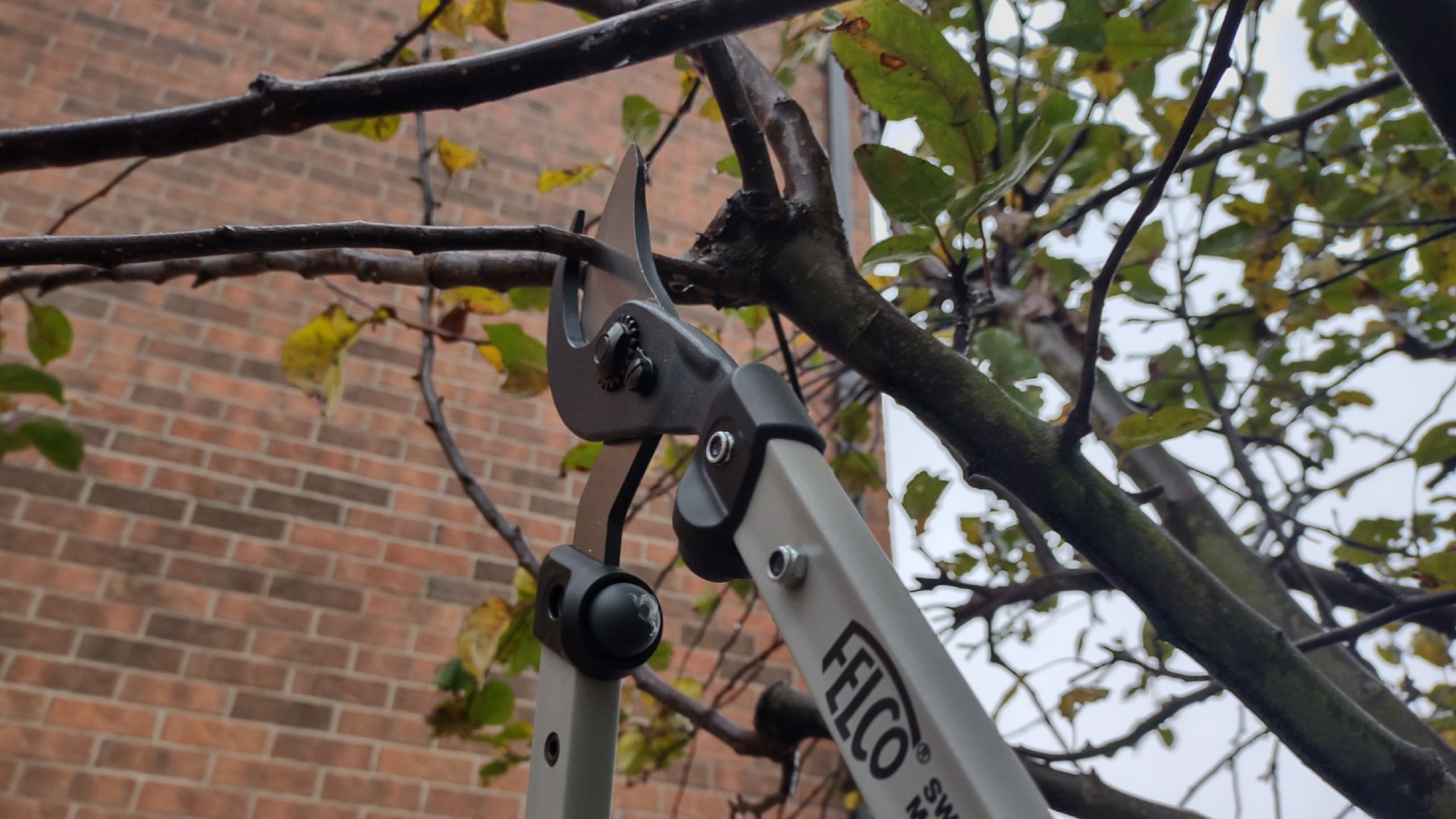In this step-by-step guide, I’ll take you through a simple, plant-positive approach to pruning that should leave your trees in great shape.
- PPE. Pruning often demands the use of personal protective equipment such as DeWalt safety goggles and a hard hat.
- Lopper. A two-handled cutting tool, designed especially for pruning small-to-medium branches. For this guide, I used a Felco 211-60. This superb lopper is shown in the photos.
- Pruner. The most convenient type of tool for pruning easy-to-reach branches under about 1″ thick. One very good pruner designed for pruning wood is the Wolf-Garten RSEN Anvil Pruner.
- Pole lopper. These long-reach tools are great for cutting high-up branches. I use a trigger-activated Ryobi ONE+ 18V Cordless Pole Lopper.
- Pruning saw or mini chainsaw. To prune the thickest branches, you may require a pruning saw such as the Felco F 621, or a mini chainsaw like the highly-rated Greenworks 24V 6" Brushless Pruning Saw.
Typically, pruning is done using a pruner, lopper or pruning saw. You can find tools of these types reviewed in our expert guide to the best pruners.
Pruning means using a cutting tool to remove dead, diseased, damaged or inconvenient branches from a tree. This process can improve tree health by removing dead or diseased wood, limiting the risk of wind damage, and encouraging a healthy structure of branches that allows plenty of sunlight and space for growth. Pruning may also improve the tree’s appearance and keep it conveniently shaped and sized.
So, pruning can help trees – but it’ll only work out well if you prune sensitively. In fact, excessive or careless pruning may limit growth or disfigure the tree.
Grab your toolkit and your favorite pruners, and read on for our expert guide on how to prune a tree.
Quick steps: How to prune a tree
- Identify which parts of the tree you'll prune
- Find the place where you’ll cut each branch
- Prune the branches
- Tidy up the cut branches
- Clean the blades of your cutting tools
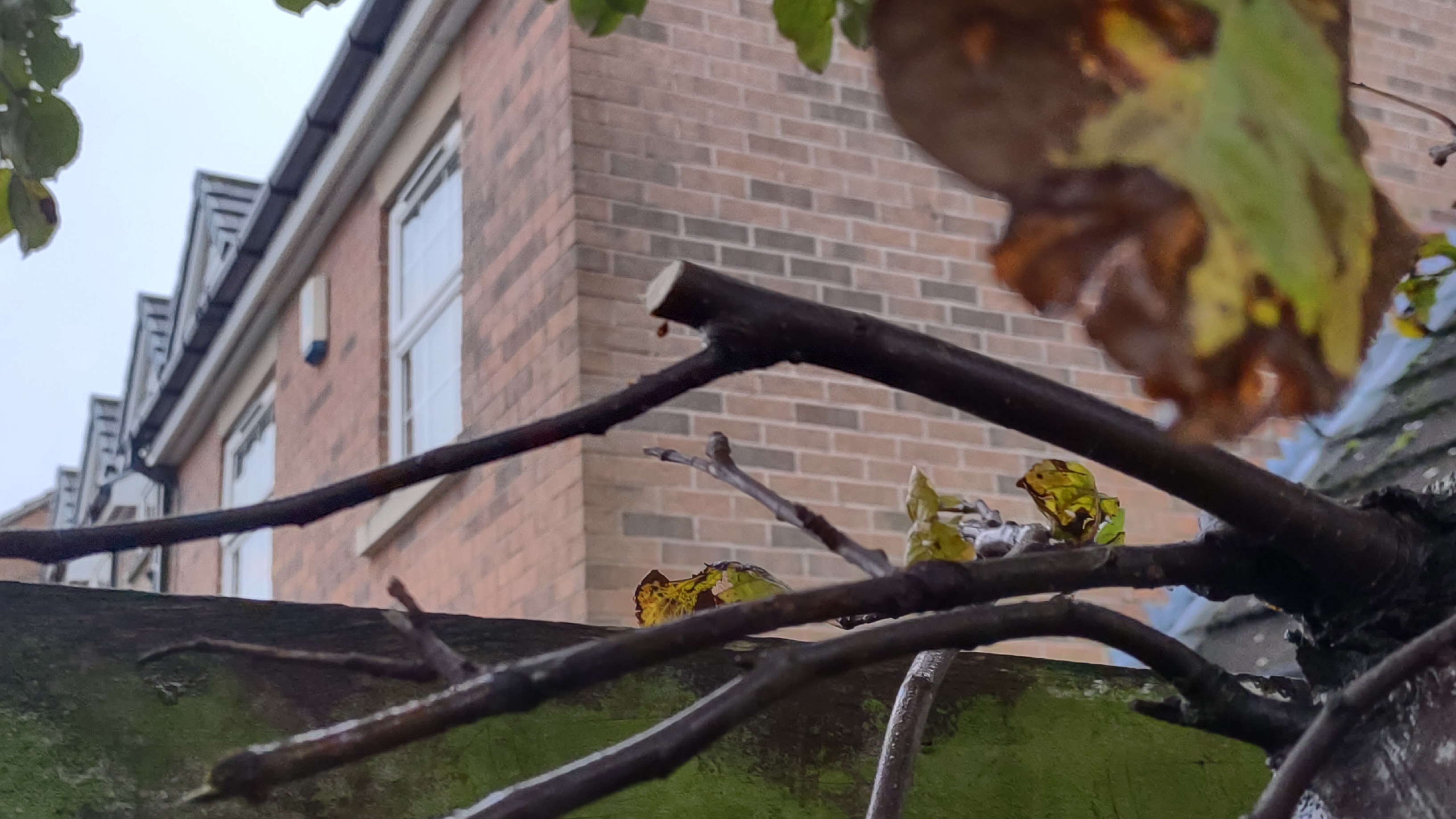
Step by step guide: How to prune a tree
1. Identify which parts of the tree you'll prune
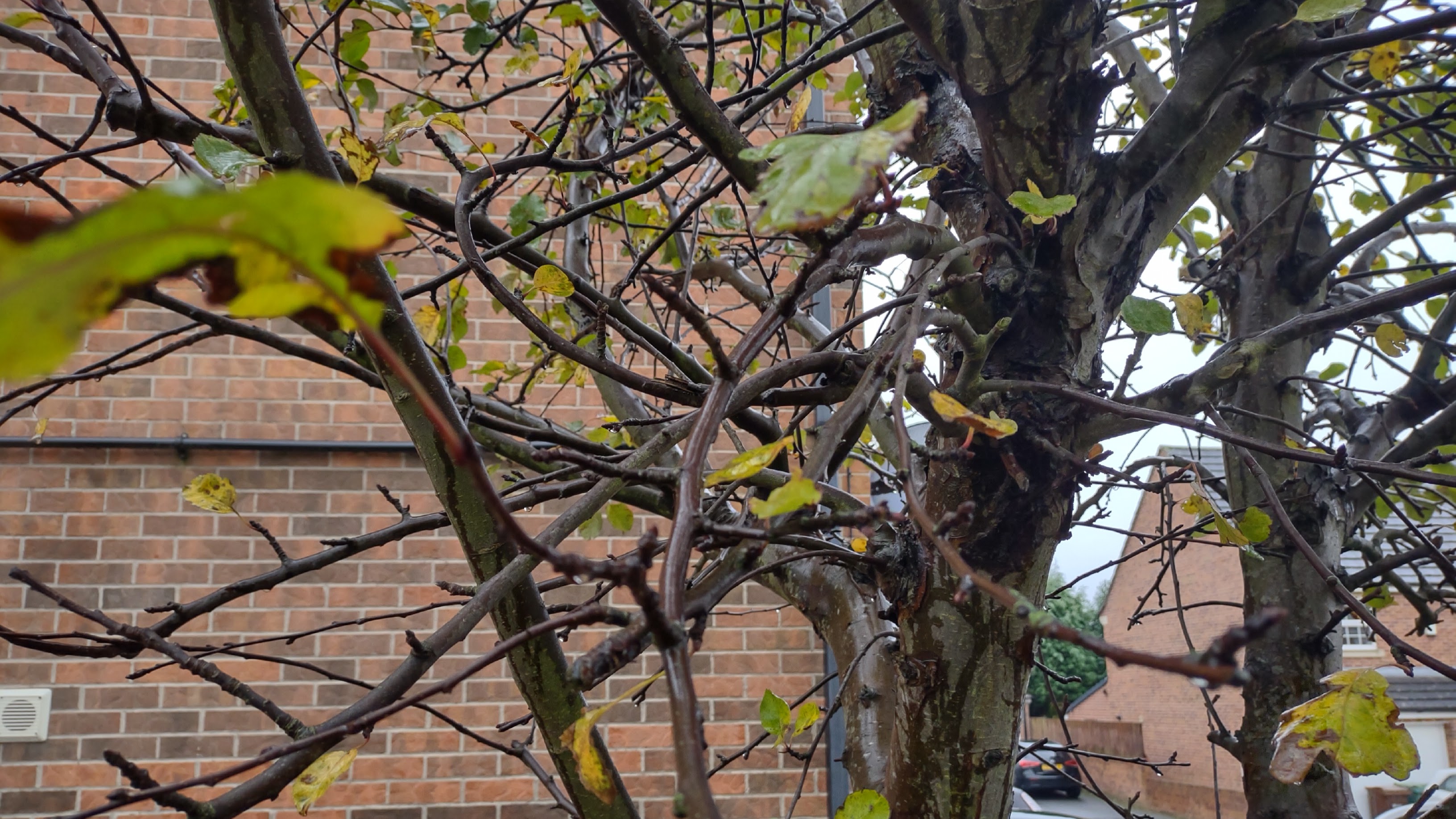
There are various reasons to prune a tree. Often, the goal is to improve the tree’s health by removing dead, diseased or damaged branches.
At other times, you might prune a tree in order to remove branches that are in the way of plants or people, or to prevent overgrowth into other areas of the yard. Decide on your pruning goals, and then identify the branches that you’ll cut.
2. Find the place where you’ll cut each branch
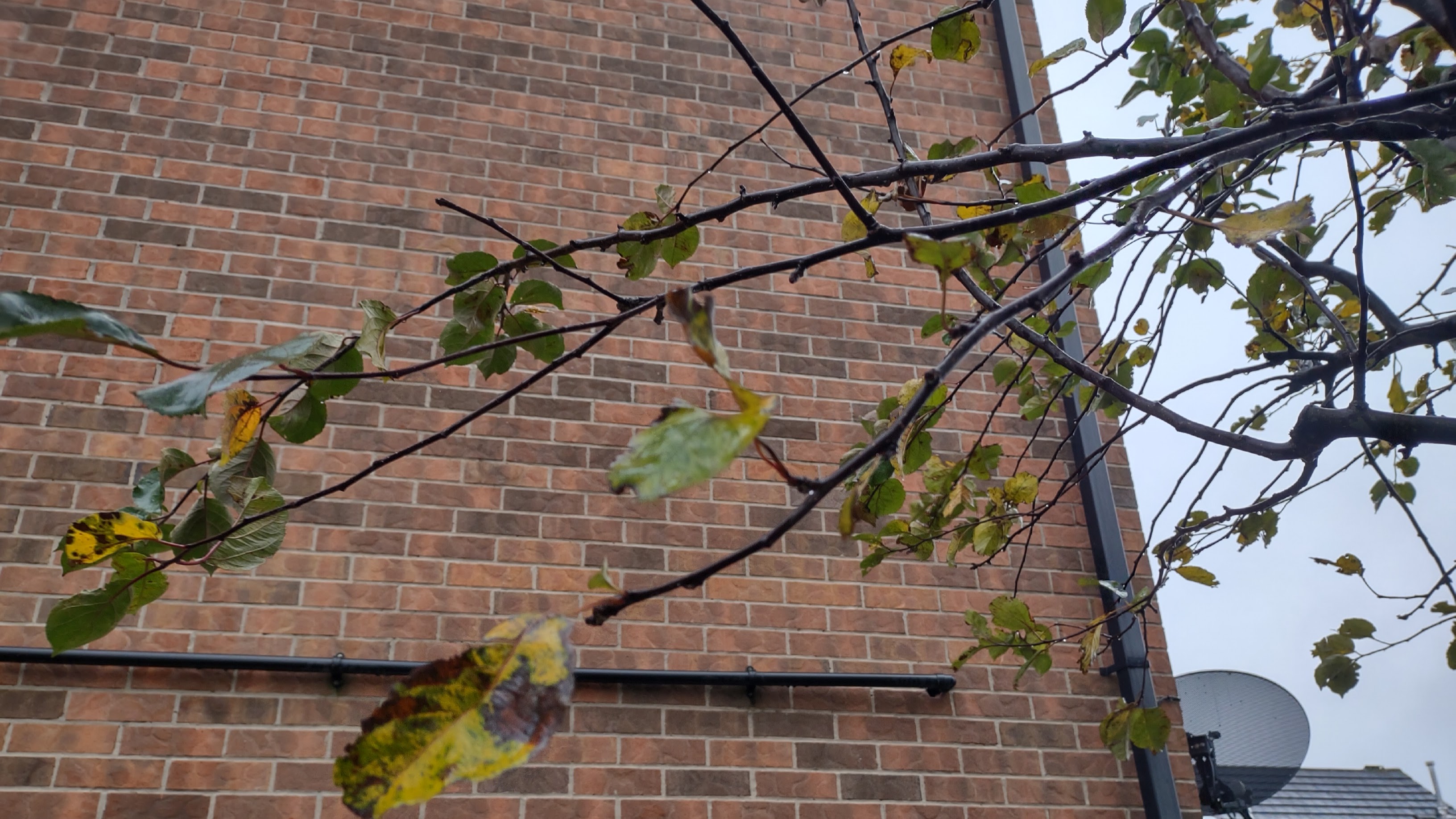
Where you cut on a branch can affect the health and appearance of the tree. So, take the time to choose carefully. If removing a large branch, it’s usually best to cut near where the branch joins the trunk (but not quite at the ‘branch collar’, where the branch and trunk meet).
When cutting thinner branches, it’s recommended to prune about ¼″ above healthy buds or side shoots. This helps give the bud or side shoot the right conditions to grow in the springtime.
3. Prune the branches
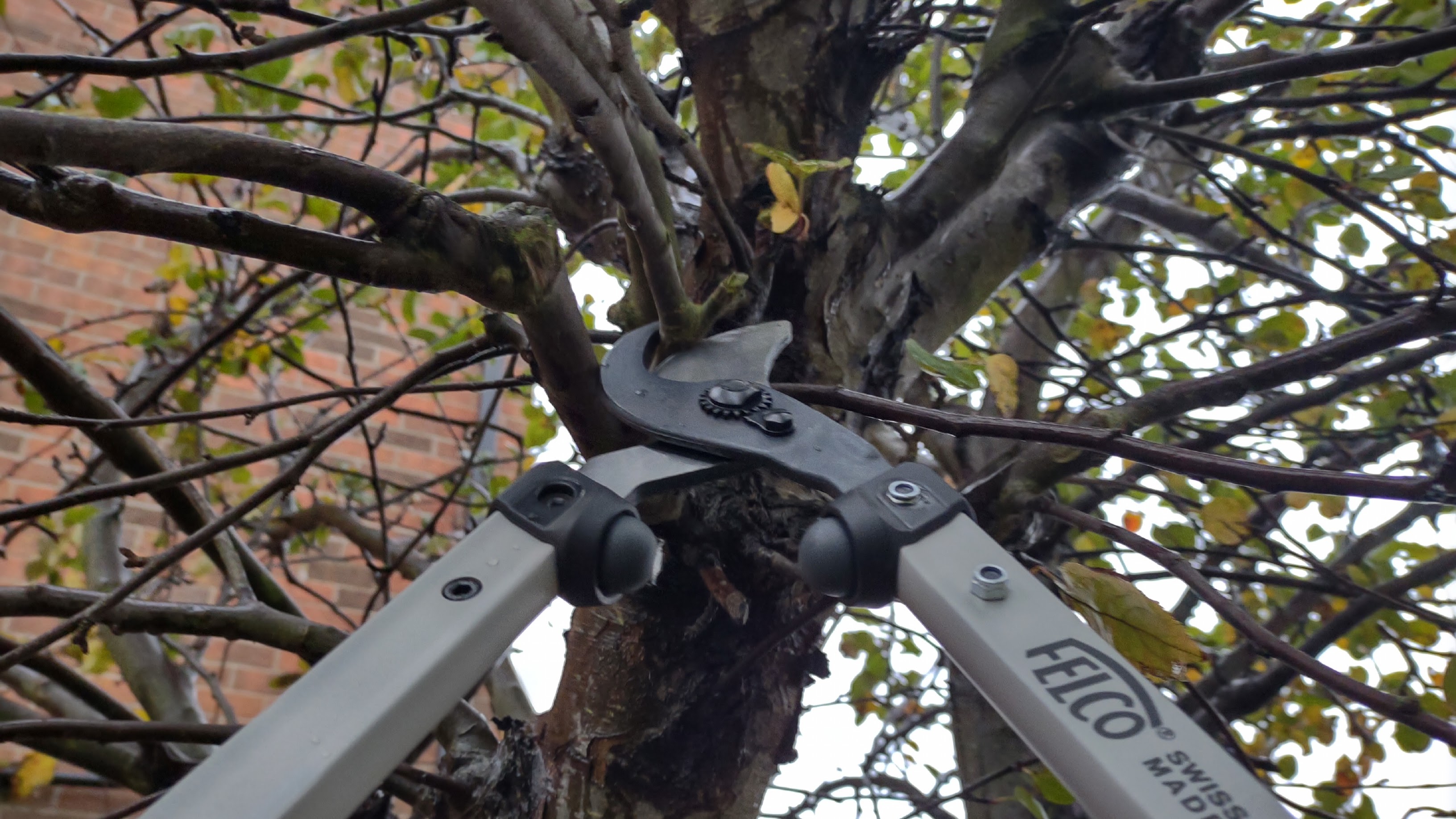
Cut your chosen branches in the healthy places you’ve identified. To do this, you’ll need to use one or more cutting tools. Pruners and loppers are the best options for pruning relatively thin branches, while mini chainsaws and pruning saws are capable of cutting thicker limbs.
If the tree is tall, you might also consider using a pole lopper to reach high-up branches. When pruning, try to cut the branches as cleanly as possible. A clean cut is less likely to get infected than a ragged cut. Also, look out for falling branches!
4. Tidy up the cut branches
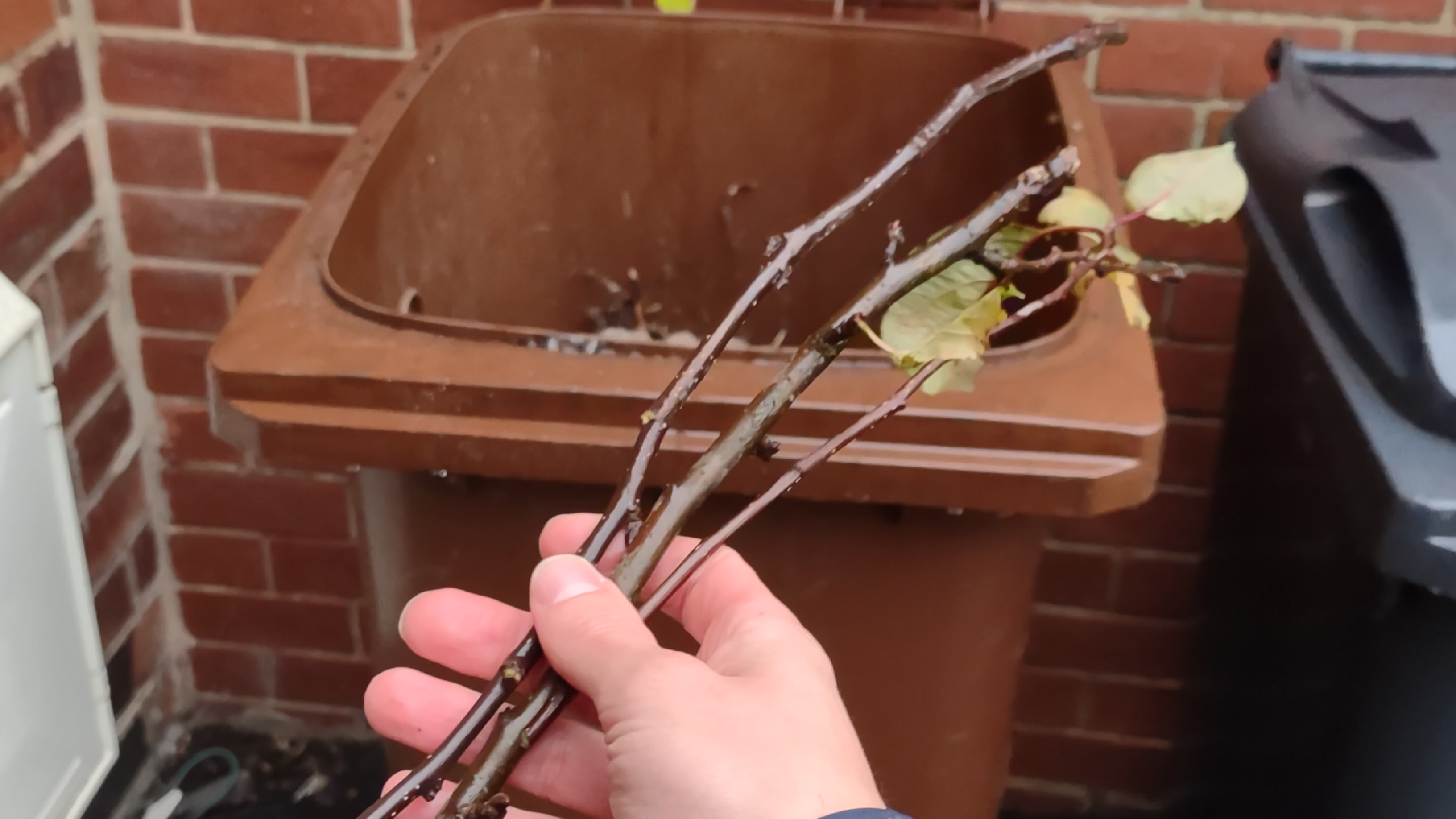
Once you’ve finished, reuse the cut branches or dispose of them responsibly. Tree branches can be composted in a compost bin or pile – although they take far longer to decompose than soft plant matter does.
You can speed up the composting process by chopping the branches into small pieces. Depending on the size of the cut branches, you might also be able to use them as a craft material or as firewood (after seasoning in a dry wood store).
5. Clean your cutting tool(s)
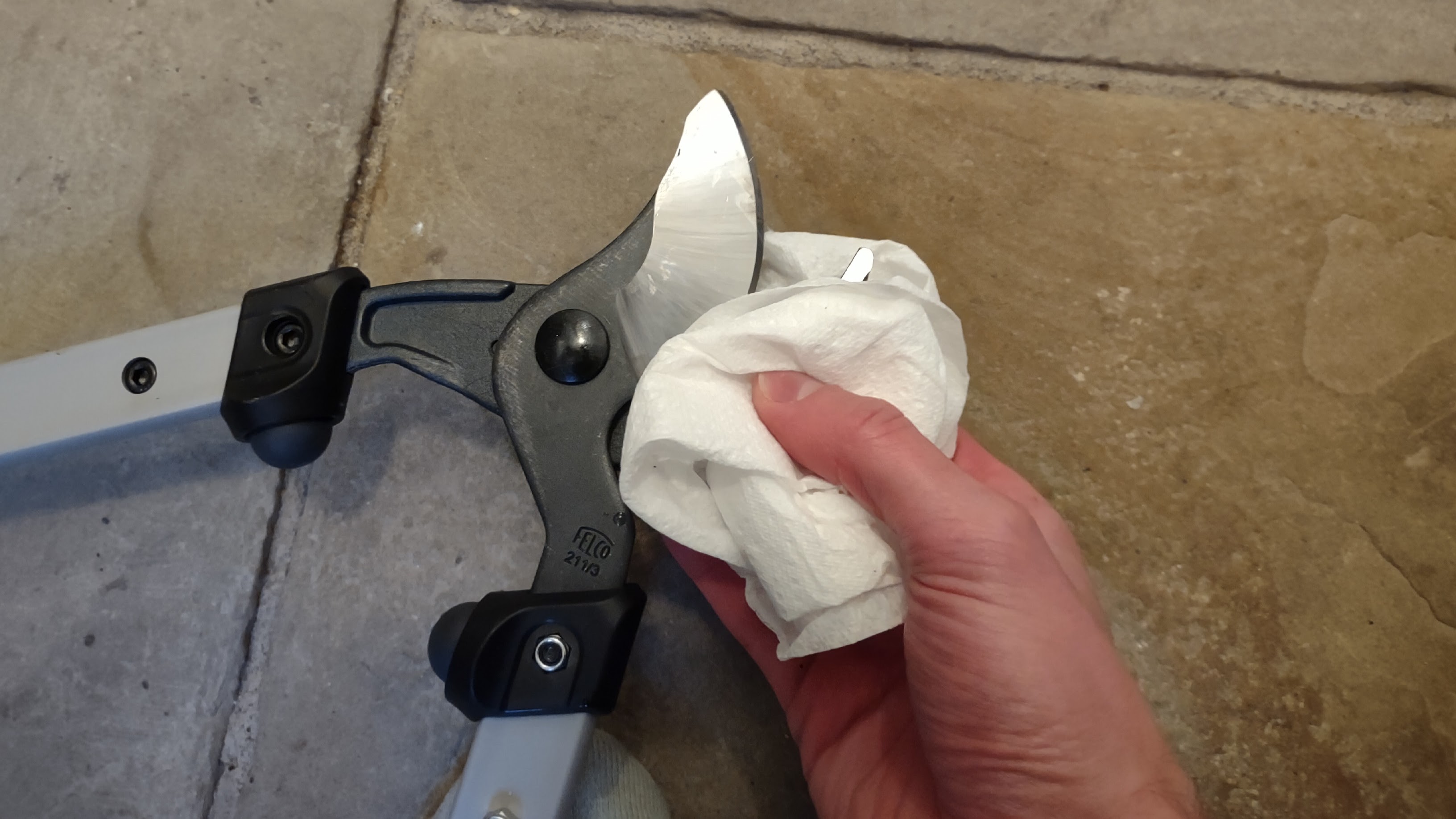
Pruning often leaves cutting tools with sap, water or other natural substances on their blades. If left for a long time, these substances can cause jamming, rusting and other problems with the tool.
So, after you’ve finished pruning, clean the blades of your pruner, lopper or saw. I do this using a damp cloth first, and a dry cloth second. Once dried, you can put your tools away, take a step back and admire your perfectly pruned tree!
FAQs: How to prune a tree
How much of a tree can you cut without killing it?
Different species of tree have varying levels of resilience to cutting. As a general rule for maintaining tree health, experts recommend cutting away no more than 15-25% of the tree.
However, many gardeners won’t need to remove as much as that. Some trees can survive and regrow after extreme cutting processes such as coppicing or pollarding. These are specialist tasks, best left for professional arborists to handle.
What month is best to trim trees?
It’s generally advised to prune trees at some point between late fall and early spring. This is the period of the year when trees tend to be dormant (without growth) in places like the United States and the United Kingdom.
Pruning a tree during dormancy ensures you won’t disrupt healthy growth while it’s in progress. If in doubt, prune during a very cold month – maybe December or January.
What is the difference between trimming, cutting and pruning?
When people use the terms ‘tree trimming’, ‘tree cutting’ and ‘tree pruning’, they’re usually referring to a process of cutting unwanted length away from some of a tree’s branches. However, the three terms have subtly different meanings.
Trimming tends to refer to the removal of branch matter for aesthetic reasons: especially to give the tree a nice shape or prevent overgrowth into space that’s reserved for other plants (or neighboring properties). Cutting usually means removing a large proportion of a diseased or unwanted tree.
Meanwhile, pruning is usually more focused on removing branches which are diseased, rubbing together or otherwise impairing the tree’s health – although many gardeners do some aesthetic trimming at the same time as health-focused pruning.
